How fast should I be walking?
Knowing how long your walk will take can be useful information
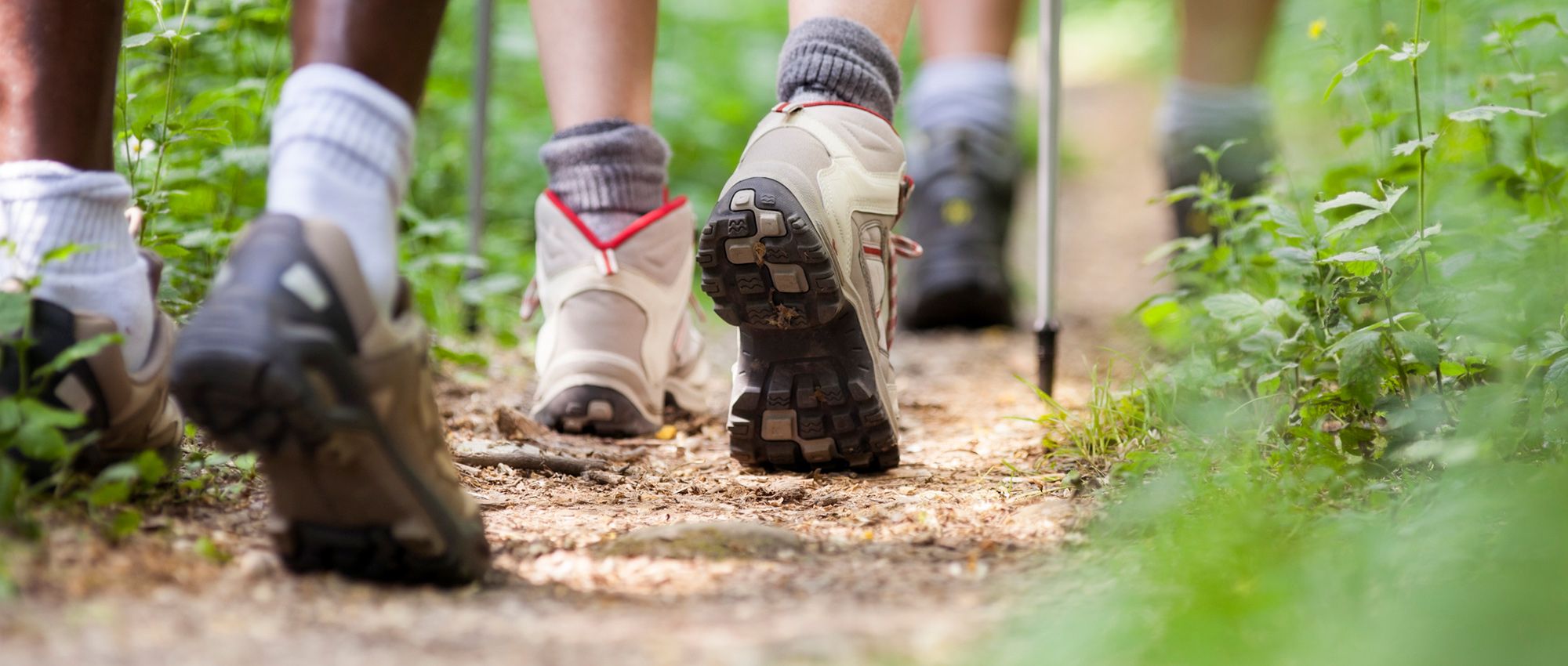
Unless you’re about to miss your bus, walking faster isn’t walking better. There’s a reason why the Ramblers isn’t called the Racers. We celebrate the joy of walking for walking’s sake, not the need for speed.
That said, there are times when it’s important to have a good idea of how much time a walk might take to complete. For example, it’s usually safer to finish hiking before darkness falls. So estimating the duration of an outing is helpful, particularly in months with shorter daylight hours. You might need to reach a rendezvous point in time for a pick-up or arrive at a train station or bus stop by a particular departure. You may want to let a friend, relative or hostel manager know your ETA, particularly when tackling a more-isolated trek. Or you might simply need to reach a pub or restaurant for a table booking.
Most importantly, of course, your hike should be safe and enjoyable, so you don’t want to rush. Allow more time than you think you’ll need, and you’ll have a much better experience!
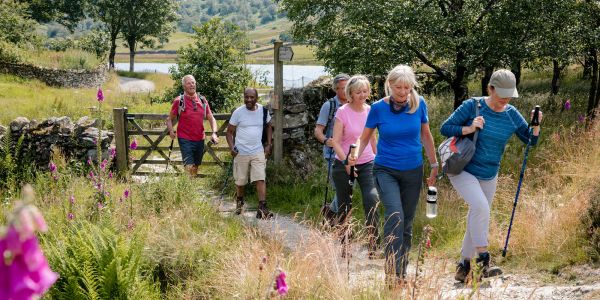
Fitness and experience
How fast do you walk? Speeds are subjective and personal, of course, and depend on factors that vary from route to route and day to day.
If you’re really fast, you might cover about four miles an hour on tarmac or good, flat paths. Most fit adults can manage three miles an hour, at least over moderate distances. But you’ll typically average 2.5 miles per hour or even a little slower on longer routes. And that’s not including stops to rest, eat or enjoy the views. So how do you decide which of these speeds applies to you?
If you do a lot of walking, you’ll already have an idea of the number of miles you typically cover in an hour. Using a GPS unit or watch, fitness tracker or another piece of outdoor tech can provide a more accurate speed.
If you don’t have that kind of kit, just time yourself walking a known distance at a comfortable tempo and work it out from there. For example, complete half a mile on a good path, then double the time that took to determine your pace in minutes per mile. Divide 60 minutes by that figure to obtain your speed in miles per hour. So if you took 10 minutes to walk half a mile, that’s 20 minutes per mile; 60/20 = 3mph. That’s the fastest you might expect to walk, but various other factors will affect how quickly you actually move on a hike.
Terrain and conditions
You might walk quickly on flat, well-made paths. But your speed will drop over sand, snow, scree, tall grass, uneven ground, boulder fields, mud or other terrain. Stiles and gates, road crossings and even fields crowded with grazing animals can slow you down.
Slopes will also affect your speed. Gentle undulations may make little difference, but steeper climbs will reduce your pace substantially. Downhills, too: you’ll speed up on shallow descents, but may well slow down on steep downhills, especially on steps, rocky trails or slippery paths. That’s when walking poles can be particularly helpful for maintaining comfort, safety and speed.
Scottish mountaineer William W Naismith considered this back in 1892. Naismith’s Rule states that an adult hiker can cover three miles an hour on flat ground. Add 10 minutes for each 100m of steep ascent, roughly speaking. So a 12-mile route including 600m of climbing would take around five hours.
Eric Langmuir’s addendum to this rule proposed that walk duration would be reduced by 10 minutes for every 300m of descent on slopes of between 5 and 12 degrees. But it would increase by 10 minutes for every 300m of descent on steeper inclines. It’s not an exact science of course but this method has proved remarkably accurate, at least for fit and experienced hillwalkers. Remember that three miles an hour is a maximum for most people; 2.5 miles per hour is a more sensible estimate, even on the flat.
Keep an eye on weather forecasts when predicting walk durations. Strong wind, hot sun, snow and rain can all slow you down. Altitude also plays a part at higher elevations. Some people start feeling breathless and fatigued at above 2,000–2,500m. And most hikers will notice changes in breathing and energy levels over 3,000m. This isn’t a problem in the UK, of course, but worth remembering when planning overseas hikes.
![]()
Other factors
When walking in a group, you’ll be only as fast as your slowest companion. They might be less fit than you, or even a child or a dog. You’ll probably also walk slower if you’re chatting. That’s a reason to allow more time, rather than chatting less!
Navigation will play a part, too. Well-waymarked paths are easier and quicker to follow than un-signposted trails, particularly those that cross many junctions. In places such as parts of Scotland, upland Wales and Dartmoor, you might cross open ground with no clear paths. So the need for careful map-reading and regular orientation can be an important consideration. To reduce the chance of going astray, allow extra time for navigation.
What you’re wearing and carrying can make a big difference. You’ll walk faster in lightweight, well worn-in shoes than in heavy, stiff boots. Lugging a large rucksack is likely to reduce your speed, too.
That’s particularly true when planning a multi-day hike, when you might carry a tent, stove, sleeping gear, food and water. Bear in mind, too, that fatigue might slow you when walking consecutive days, at least in the short term. Over a multi-day hike, of course, you’ll begin to build fitness as you progress.
Stoppage time
Finally, consider how often you’re likely to stop on your hike. If you’re stomping ahead at breakneck speed, you’re less able to absorb the scenery or explore local landmarks. Most of us will want to pause every hour or two to investigate churches or ancient sites, take photos, enjoy a drink or snack, or rest. Include buffer time in your estimated walk duration to allow for these breaks.
Explore the busy calendar of guided walks organised by Ramblers groups across Britain and you’ll see that they typically cover less than two miles per hour. That means they can be enjoyed by walkers of different fitness levels, incorporating plenty of breaks. And it leaves lots of time for you to discover the natural and cultural wonders along each route.
Explore more
We’ve got ideas for hundreds of wonderful walking routes across England, Scotland and Wales, long and short, easy and challenging. Search for routes on our website. Or join a guided walk with a local Ramblers group. Find your nearest Ramblers group and choose a walk that suits your pace, fitness and interests.
All images © Getty

A walking first aid kit – what do I need to bring?
By equipping yourself with a few key first aid items you’ll be able to quickly treat any minor mishaps that occur when you are out walking.
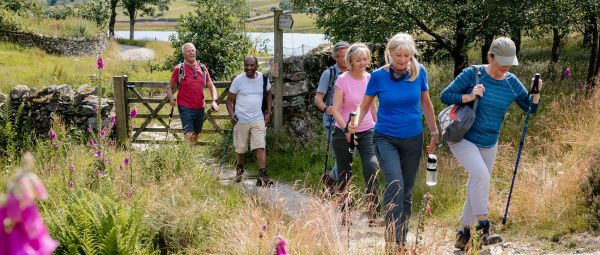
How walking can boost your health
Discover how walking can reward you with huge health benefits including a boost in mood. And it’s fun!
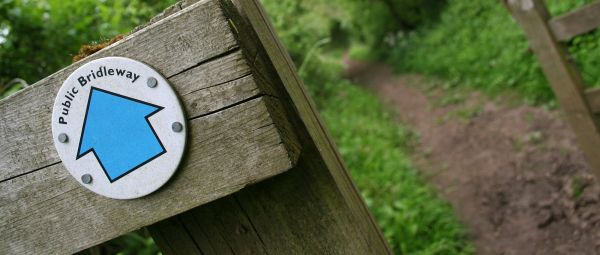
Understanding public rights of way
Discover where you can walk on paths and other rights of way across England, Wales and Scotland by following our guide.
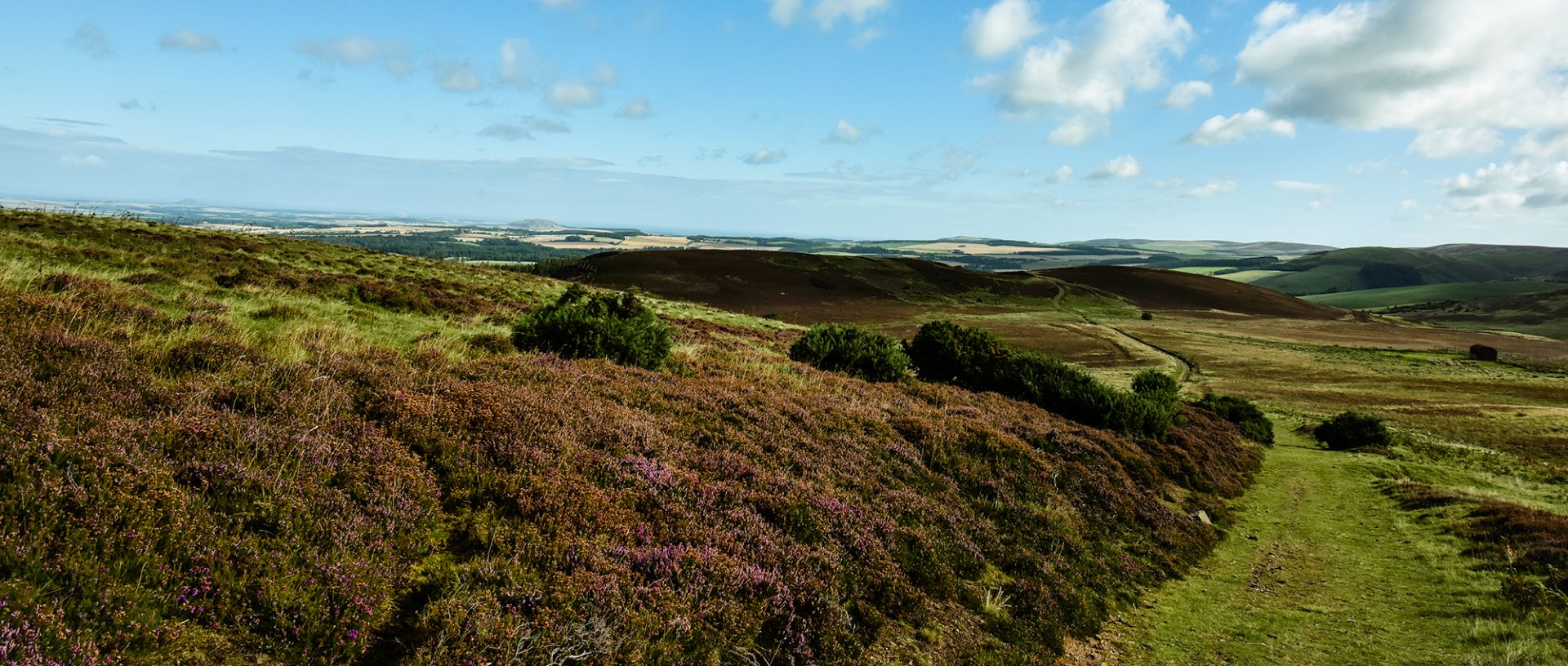
Campaign with us
We campaign to remove barriers to walking and we step up to protect the places we love to wander.